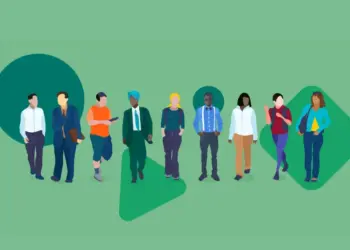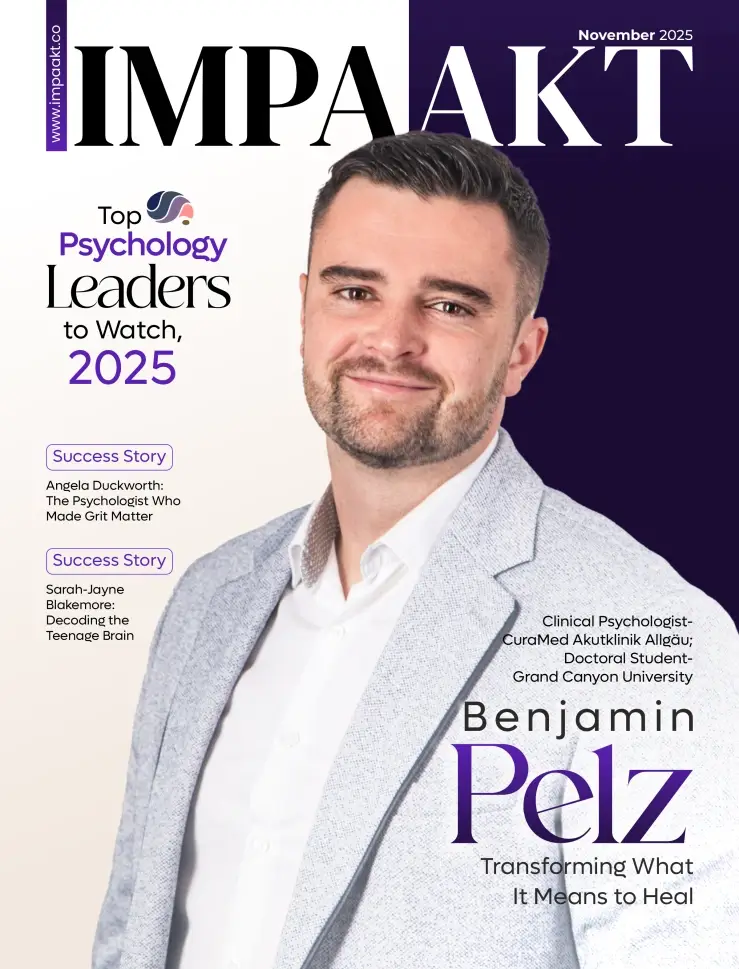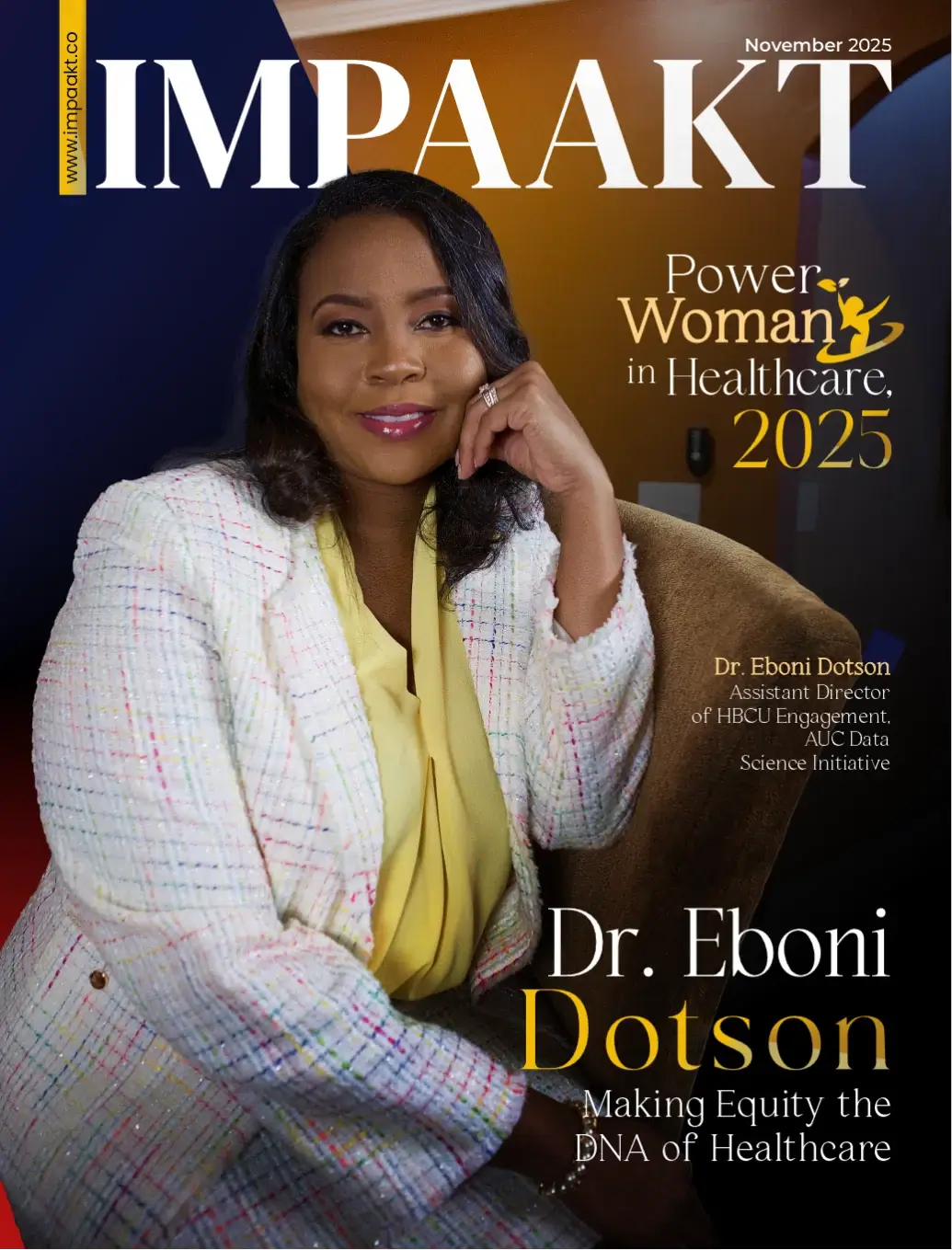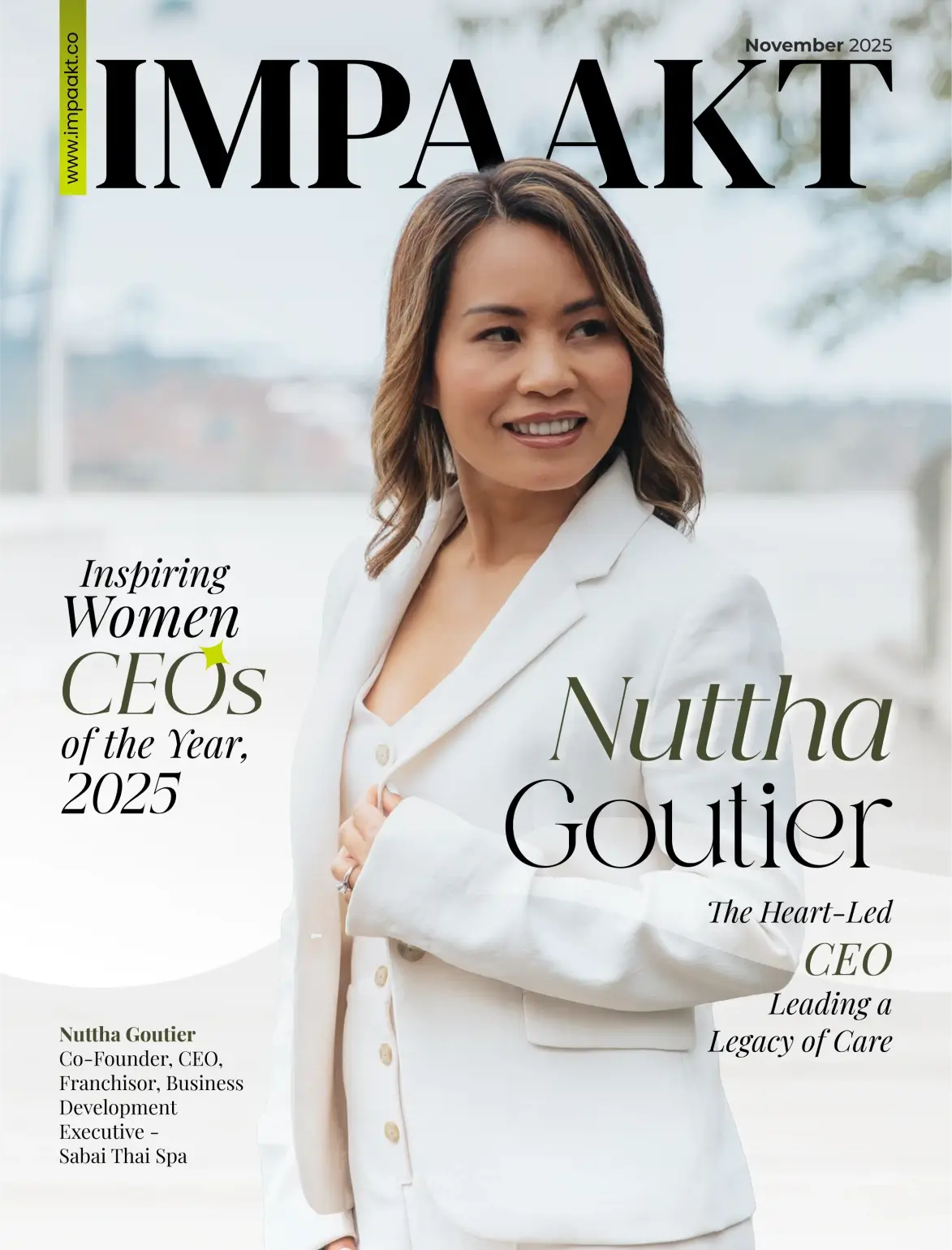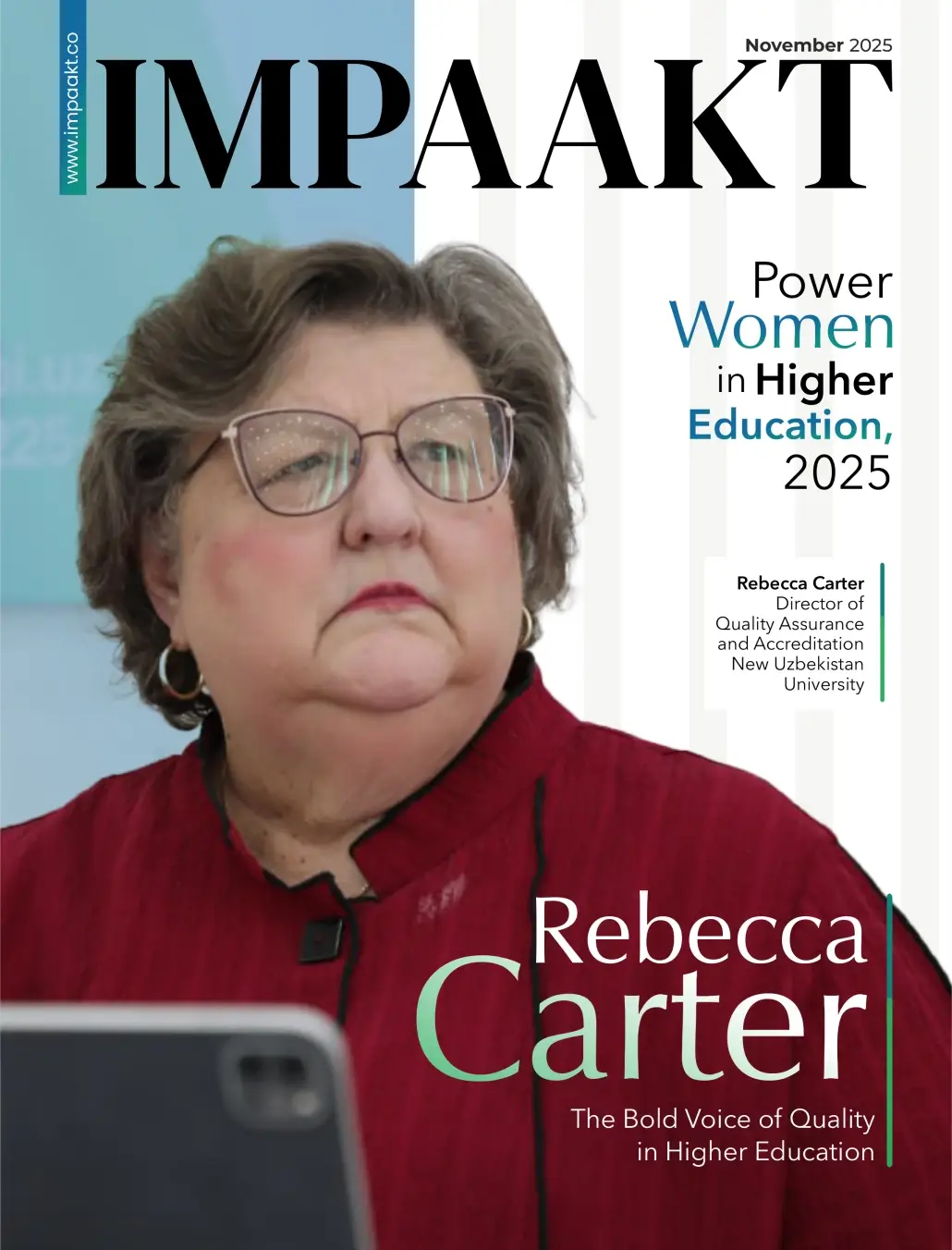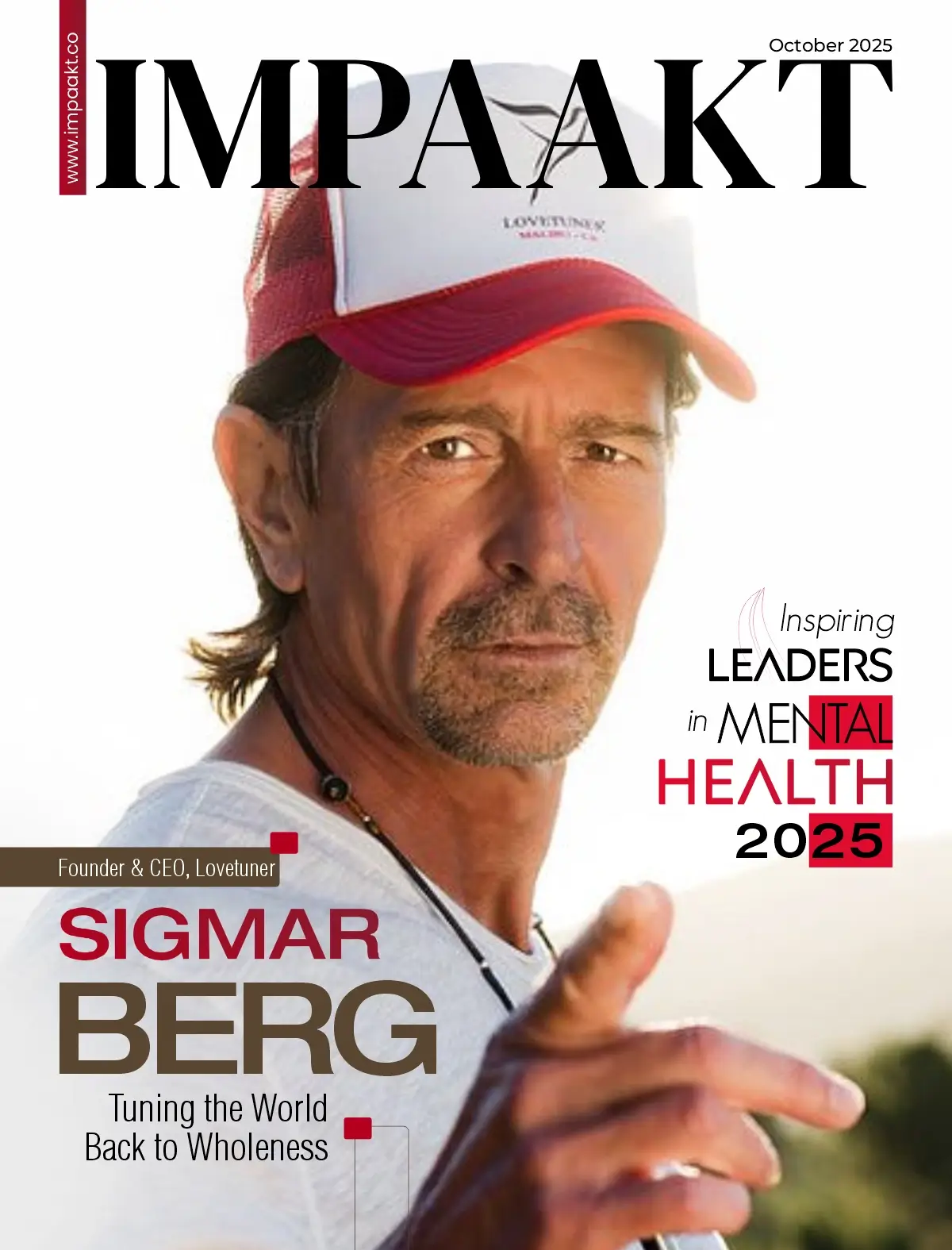Stress. It’s the ubiquitous shadow of modern life, a familiar feeling that fuels ambition and pushes us forward. But what happens when that shadow morphs into something darker, a chronic unease that lingers, casting a pall over our days and nights? When stress becomes anxiety, it ceases to be a healthy motivator and transforms into a relentless foe, infiltrating our bodies and disrupting our very being.
In the U.S. alone, over 40 million adults, i.e., 19.1% of the entire population is affected by this chronic mental illness. Research paints a stark picture: anxiety takes root deep within us, weaving its tendrils through our minds and bodies, impacting our daily lives in profound ways. Medical science has offered tools to manage its symptoms, but true healing, we increasingly realize, demands a holistic approach.
Dr. Russell Kennedy, the author of Amazon #1 Bestseller ANXIETY RX, is one of the pioneering professionals, challenging the conventional methods of treating anxiety. Famously known as The Anxiety MD, Dr. Kennedy understands the interconnectedness of body, mind, and spirit, emphasizing the need to go beyond symptom control and delve into the very core of human experience.
In the following interview with IMPAAKT, Dr. Kennedy delves into the world of anxiety, exploring its nuances, effective management strategies, and ultimately, taming anxiety through a holistic approach.
Dr. Russ can you share your personal journey and what inspired you to focus on anxiety disorders?
I grew up with a father who had schizophrenia and bipolar disorder which created a lot of chaos in my life as a child. As a result of that chaos, I developed an intolerance for uncertainty.
Anxiety results when trauma causes you lose faith in the world and you start believing everything is up to you. If you cannot tolerate uncertainty and you believe that everything is up to you this creates an impossible situation for your nervous system.
We commonly refer to this impossible situation as “anxiety” of the mind but in reality, it is a state of alarm in the body and it would be much better labeled as “alarm” than “anxiety”. I suffered for decades with this alarm/anxiety trying to heal with cognitive approaches like CBT, but you can’t think your way out of a feeling problem like anxiety.
You must learn how to feel your way out. I focus on showing people how to feel their way out of anxiety because I struggled with anxiety so badly and I don’t want anyone to suffer with anxiety as I did.
In my best-selling book, ANXIETY RX, I talk about my own healing from crippling anxiety and alarm and show a process that is distinctly non traditional that finally helped me heal.
How did your diverse background contribute to your approach to treating anxiety?
As a medical doctor and neuroscientist, I understand the body and the brain. As a certified yoga and meditation teacher and somatic therapist I can incorporate the more “spiritual” aspects of healing from nervous system dysregulation.
I feel mainstream therapies often ignore the role of the body in the healing of the nervous system. My approach is unique because I incorporate the art and the science of healing anxiety and alarm by focusing on the grounded presence in the body instead of being distracted by trying to pin down the fleeting thoughts of the mind.
What motivated you to write “Anxiety Rx” and create the “MBRX” program?
I do not feel traditional therapies can heal anxiety, only help people manage it. Both psychiatry and psychology focus on a reductionist, cognitive approach, believing that if you just change your thinking, you will change your feeling.
While I see the benefit of cognitive therapies in helping people cope, they will not help you heal. I wrote ANXIETY RX and created MBRX as a way to help people truly heal from anxiety rather than merely manage it.
Can you highlight some key insights from your book that individuals struggling with anxiety can benefit from?
I believe that the anxiety of the mind and the alarm in the body are two separate AND therefore separable entities. What we refer to as “anxiety” of the mind is in reality two distinct things. (1) the worried thinking of the mind and (2) the alarm feeling in the body.
The alarm feeling in the body is a remnant of old unresolved (typically childhood) wounds, and the worries of the mind are a byproduct of this deeper core wounding that is still held in the body and nervous system.
In a process called interoception, the brain is always reading the body, and if this stored alarm is detected, the mind creates meaning of that alarm by generating worries. Then the worries of the mind aggravate the alarm in the body and create a self-fulfilling feedback loop I call the alarm-anxiety cycle.
To truly heal from what refer to as anxiety we must learn how to separate the alarm feeling in the body from the anxious thinking of the mind. In other words, we need to break apart the alarm anxiety cycle so the alarm of the body stops fueling the worries of the mind and vice versa.
We heal the alarm by connecting to and healing our younger self that still holds our childhood wounds. When we see, hear, understand, protect and love that wounded child in us, the alarm resolves and then the worries have nothing to sustain them, and the worries resolve too.
What we refer to as “anxiety” results from a split of our mind from our hypervigilant and hyperactive body, and a separation our current day adult self from our past childhood self.
The adult in us does not want to go back and revisit our child self, because the child holds all of our pain, and the child self does not trust the adult in us because the adult has ignored them for so long.
To heal anxiety, we need to connect our adult self with our child self and our mind with our body. Any other approach will help decrease symptoms, but will not resolve the root cause of the problem.
Can you elaborate on the concept of “MBRX” and how it differs from other anxiety treatment programs?
MBRX is an affordable online program that discuss is my theory of anxiety in depth helping people understand what is TRULY going on when they suffer with anxiety. It shows the alarm-anxiety cycle in depth, and also shows exactly how to break that cycle.
The program shows you how to find the alarm in your body and see that alarm as your younger self. It also has meditations to help join your adult self with your child self and your mind with your body.
There is a Yoga Nidra meditation in the program that incorporates brainwave entrainment technology to work at a subconscious level to help heal your anxiety by bringing your mind and body and adult self and child self together. There is also a video lesson showing 11 anxiety reduction techniques that I have found most helpful in my career as an anxiety specialist.
Dr. Russ, being a standup comedian yourself, how do you think humor could be therapeutic in dealing with anxiety, and how do you incorporate this into your
work?
Humor has a way of calming our autonomic nervous system. Both laughter and tears tend to regulate the Sympathetic or “fight or flight” nervous system. Humor is also a major element in play, and play has been shown to help heal a dysregulated nervous system become much more regulated.
Laughter also releases endorphins and enkephalins from the periaqueductal Gray matter in the brainstem, which has the effect of easing pain, both emotional and physical.
Can you share a success story from someone who has gone through your MBRX program and experienced significant improvement in their anxiety?
Every day I receive messages from people telling me how grateful they are for this new approach to anxiety. MBRX and Anxiety Rx have helped thousands of people not have to suffer with anxiety as I did. The MBRX program shows people how to become their own inner healer and not depend on external forces for their own nervous system regulation.
How do you tailor your approach to individuals with different types of anxiety disorders or varying levels of severity?
Although there are different ways that anxiety manifests [health anxiety, social anxiety, etc.) ALL anxiety has its roots in separation of some kind. All anxiety is essentially a state of ALARM.
It is the alarm that manifests as health anxiety or social anxiety etc. The treatment of the alarm is the same connecting the adult self with the child self and connecting the mind and body. ALL Anxiety should be treated this way no matter how it presents or how severe it is.
How do you stay informed about the latest developments in the fields of medicine, neuroscience, and psychology to enhance your understanding of anxiety?
I am constantly reading and teaching about anxiety. I learn from scientific journals and I learn from my patients. I also learn by studying myself and going to different therapies I try out new strategies and theories of anxiety in my own mind and body.
I do trainings in somatic therapy along with studying academic medical papers and looking at technological advances like Virtual Reality (VR) and Augmented Reality (AR). I pride myself on taking a scientific as well as spiritual approach to healing anxiety and emotional dysregulation.
Humans are mind, body, and spirit. Neuroscience has given us a tremendous understanding of the brain but even the most accomplished neuroscientists admit that to date, we have not been able to translate academic knowledge of the brain into significant clinical applications to real patients.
As much as I consider myself a scientist, I am seeing more clearly all the time that science will not heal emotional issues, and science can only take us so far. My life’s work is to help understand both science and spirit in order that we can do more than manage anxiety with medications, and to truly heal from it instead of just manage it.
Can you discuss any ongoing research or projects you’re involved in that contribute to the advancement of anxiety treatment?
I am talking with Dr Arash Javanbakht of Wayne State University in Michigan about different applications of a type of virtual reality called Augmented Reality (AR) in new ways to treat anxiety.
As “The Anxiety MD,” what legacy do you hope to leave in the field of anxiety treatment and mental health?
To show a novel and visionary approach to anxiety that is currently ignored in the traditional world of therapy. To create a framework where anxiety can be truly healed instead of just managed. To truly show that anxiety is not a life sentence and can be used for a greater connection within oneself an in broad connection with other people.

